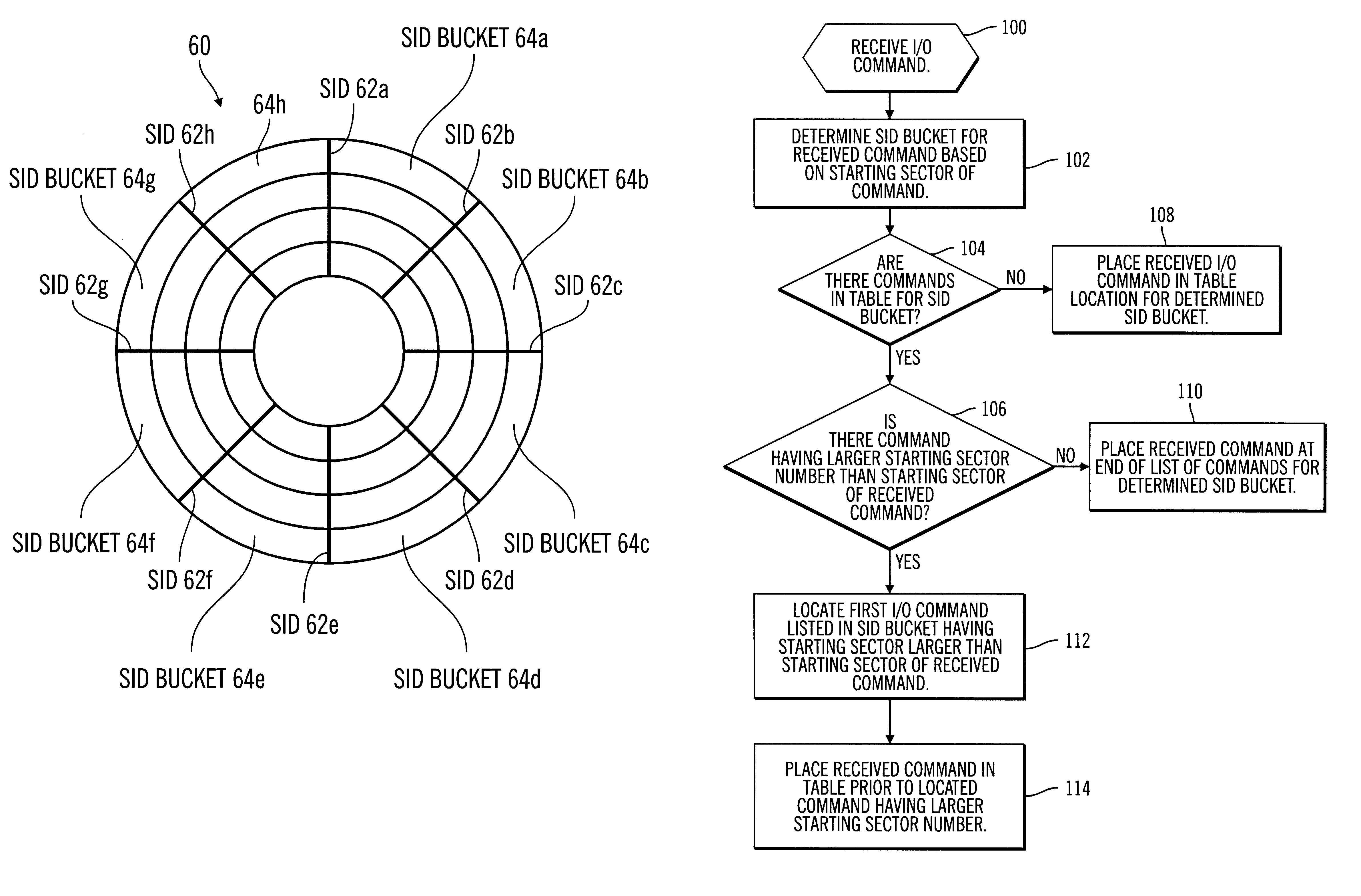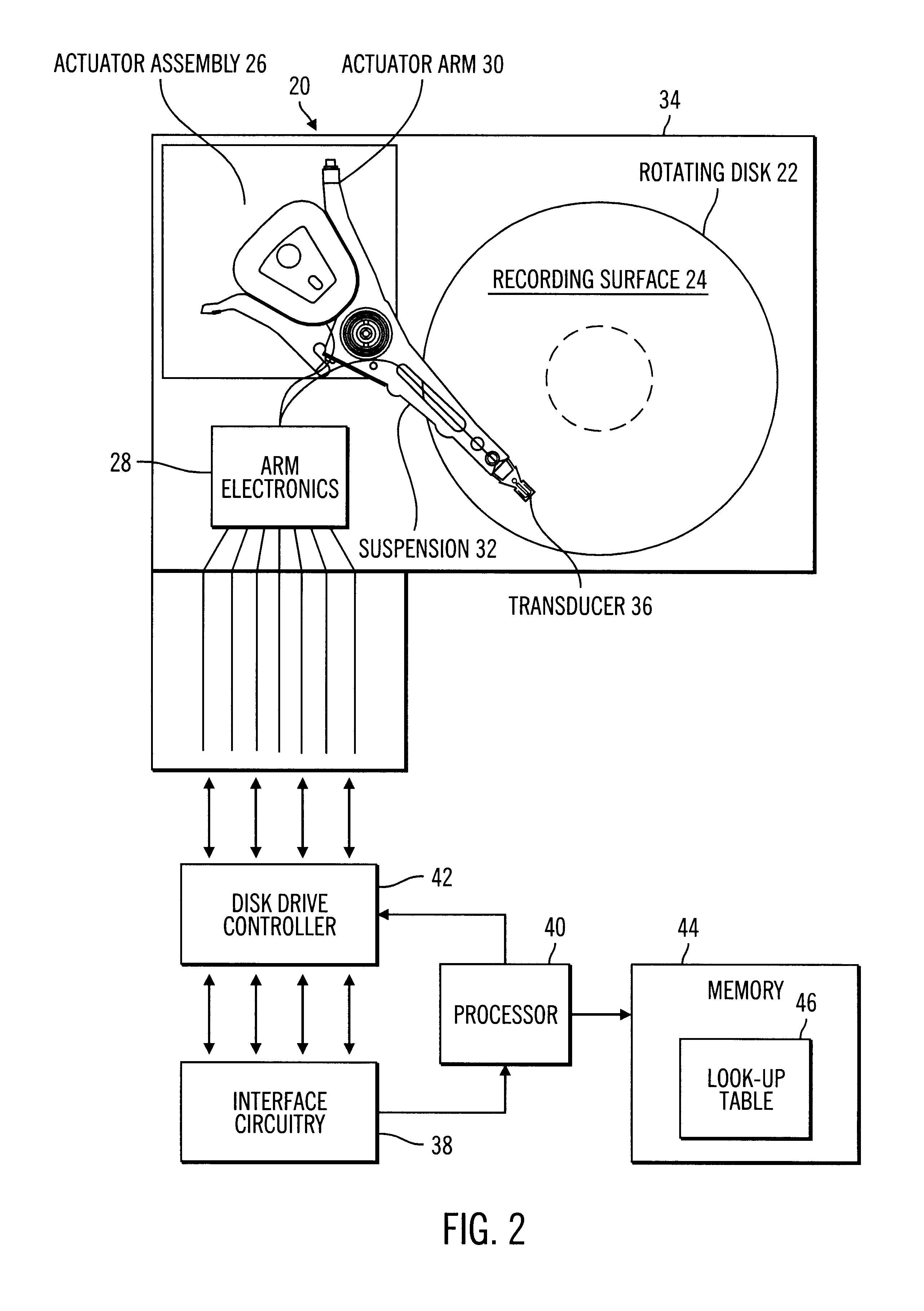Method, system, and program for reordering a queue of input/output (I/O) commands into buckets defining ranges of consecutive sector numbers in a storage medium and performing iterations of a selection routine to select and I/O command to execute
a technology of input/output commands and storage media, applied in the field of method, system and program for reordering a queue of input/output commands directed toward a storage medium, can solve the problems of increasing the time required for reordering the queue, the overhead of reordering the entire queue, and the significant impact of the reordering operation on performan
- Summary
- Abstract
- Description
- Claims
- Application Information
AI Technical Summary
Benefits of technology
Problems solved by technology
Method used
Image
Examples
Embodiment Construction
To overcome the limitations in the prior art described above, preferred embodiments disclose a system, method, and program for selecting an input / output (I / O) command in a queue of I / O commands. Each I / O command operates within a range of addressable locations on a storage medium. Each addressable location is defined according to a sector number and track number. The program makes use of a plurality of buckets, wherein each bucket represents a range of consecutive sector numbers. Each queued I / O command is associated with a bucket such that a sector number of an addressable location in which an I / O command operates is within the range of sectors comprising the associated bucket. A reference position is determined. A selection routine is then executed to select an I / O command. The selection routine selects a bucket including at least one I / O command and selects an I / O command within the selected bucket. The routine then determines whether the selected I / O command meets a selection cr...
PUM
 Login to View More
Login to View More Abstract
Description
Claims
Application Information
 Login to View More
Login to View More - R&D
- Intellectual Property
- Life Sciences
- Materials
- Tech Scout
- Unparalleled Data Quality
- Higher Quality Content
- 60% Fewer Hallucinations
Browse by: Latest US Patents, China's latest patents, Technical Efficacy Thesaurus, Application Domain, Technology Topic, Popular Technical Reports.
© 2025 PatSnap. All rights reserved.Legal|Privacy policy|Modern Slavery Act Transparency Statement|Sitemap|About US| Contact US: help@patsnap.com



